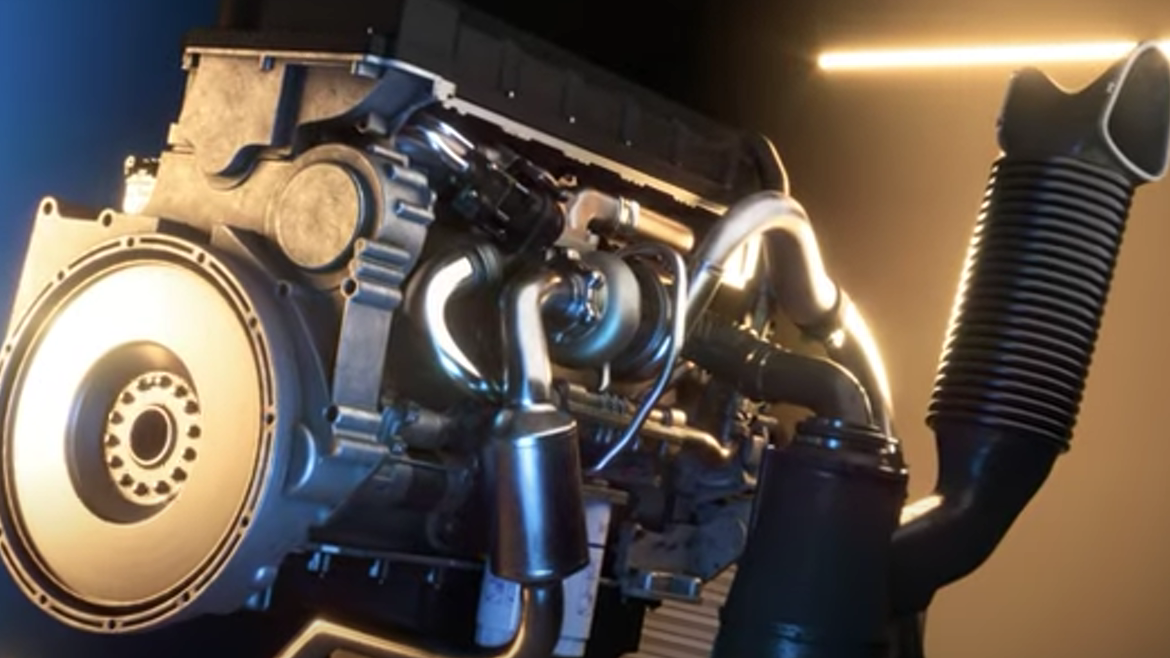Oct 30, 2018
Posted by Matt Joyce, Vice President, Global Sales & Marketing
Having just returned from a trip to Mexico, I am encouraged to see the move to higher performing lubricants in parts of the marketplace as heavy-duty fleet operators continue to deal with change in the marketplace. However, this is just a first step, as there is an ever-increasing vehicle population, coupled with the influx of new engine technology to better meet new emissions goals. These together, continue to add complexity to the marketplace.
This is not unique to Mexico, we know similar things are happening in burgeoning markets around the world. And it’s critically important that the lubricant choice for new heavy-duty hardware keeps up with the evolution.
Why? Because engine performance depends on the lubricant, and optimized performance keeps trucks on the road longer. More importantly, it also allows for fleets as well as owner-operators to be more productive, efficient and successful!
Encouraged as I am that we are seeing progress in new higher performance fluids in the market, there are still miles for improvement! In the Mexican market specifically, more than 40 percent of the commercial vehicle fleets utilize lubricants that don’t provide the right performance for today’s modern diesel engine technology. Do fleet operators and owner-operators really understand the risk to their business and livelihood from such a simple mistake?
It’s true: Much of the Mexican commercial vehicle market still utilizes engine oils certified under API CF-4, a specification first introduced in 1994, and one that is generally unsuitable for diesel-powered automotive engines built after 2009. CF-4 is obsolete, and fleet operators in Mexico ought to be seeking higher-performing lubricants for optimized engine performance fleetwide.
And there’s opportunity to do it. A broad move throughout the market to API CH-4—just one generation ahead of CF-4—would bring numerous benefits to fleet owners throughout Mexico, including:
- Better wear protection. Many new heavy-duty engines have four valves (an increase from the traditional two). More valves mean more surface area to protect, and CH-4 lubricants and above deliver better protection.
- Better deposit control. To minimize combustion gas, many manufacturers have used high-top piston rings within their engines. But this technique can raise heat levels and cause increased rates of lubricant oxidation and deposit formation. CH-4 lubricants and higher deliver needed oxidation performance and deposit control.
- Better soot handling. Combustion flame temperatures have generally been lowered in modern engines to curb NOx production. Delayed injection, however, can lead to higher soot levels. CH-4 and higher lubricants offer the necessary soot handling performance.
We recognize some hurdles to overcome to get there. First, the importance of lubricant choice can become unclear once a vehicle is outside of its warranty phase, when OEM-recommended lubricants must be adhered to in order to maintain that warranty. Multiple factors can affect this choice, including a mechanic’s or retailer’s recommendation, brand awareness, or general availability of the right lubricant.
Secondly, and more importantly, the true impact the wrong lubricant selection can make may not be known. The wrong lubricant can have catastrophic consequences for an engine, leading to maintenance, repairs and downtime that could have been easily avoided. Lower overall operations costs are a major goal for fleet owners, and it’s a goal that can be achieved by keeping trucks on the road for longer periods of time. Keeping those trucks on the road requires selecting and demanding higher-performing lubricants.
Our view
Through our extensive field testing and engine testing, we know for fact that it is critical to use the right lubricant for your truck.
This knowledge of how higher-performance lubricants can keep trucks on the road for longer and operating at the most efficient level, fleet owners throughout Mexico should insist on lubricants that meet CH-4 certification, at a minimum.
Obsolete lubricant technology is not providing the right level of protection required by today’s engine technology. The performance benefits of CH-4 and higher lubricants are clear. The bottom line benefits are clear. The opportunity is clear. Everyone throughout the industry must be working together to make the most of it.
As these markets continue to mature, we MUST take the opportunity to educate our end user customers on the benefits of higher performance fluids. This is difficult, but it will pay dividends for the end user customer and the industry as a whole.
For more information on high performance lubricants, contact your Lubrizol representative.









